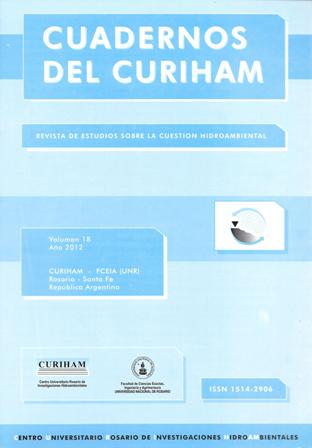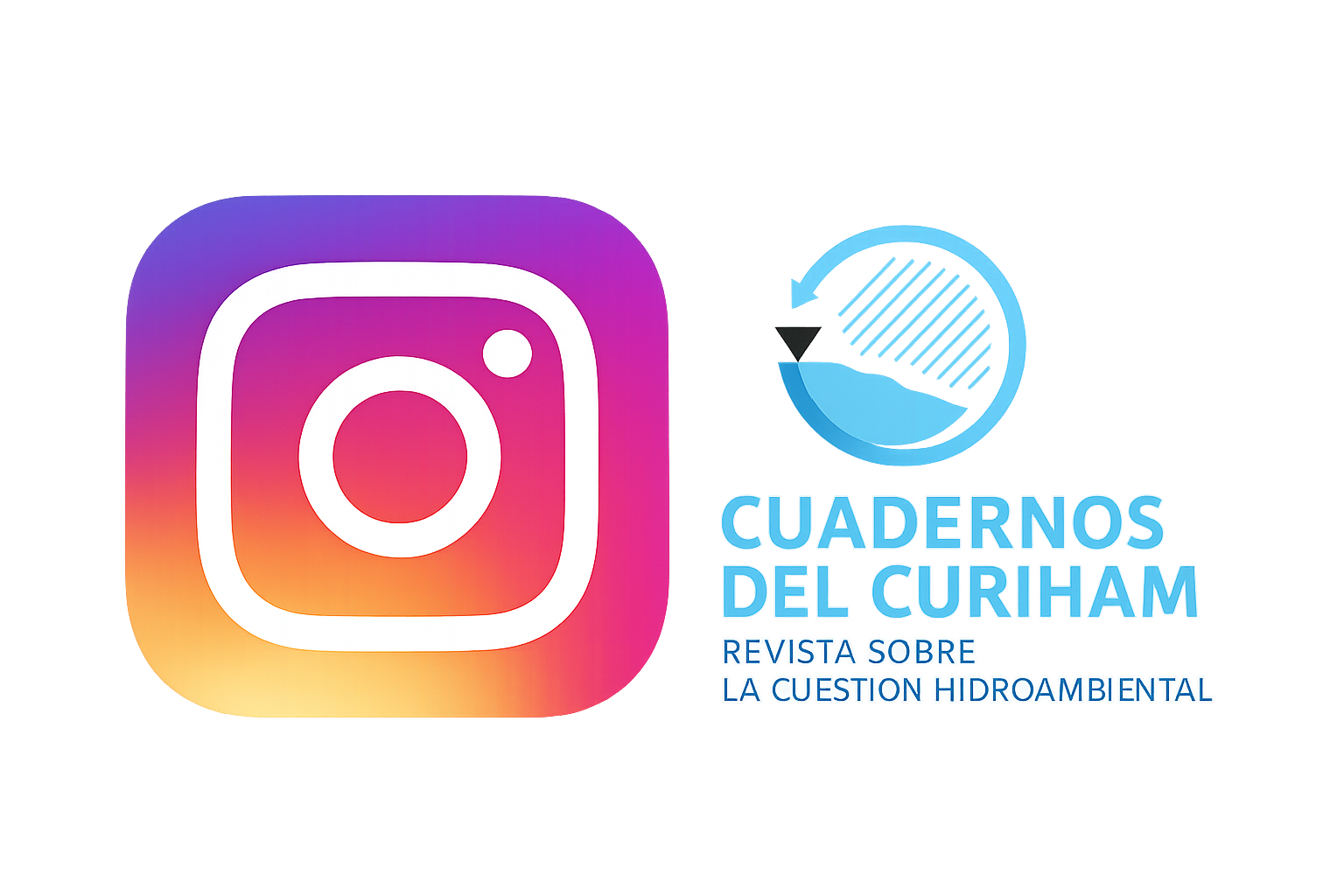Análisis estacional de la erosividad de las precipitaciones y la potencialidad de pérdida de suelo en la localidad de Azul
Provincia de Buenos Aires, Argentina
DOI:
https://doi.org/10.35305/curiham.v18i0.45Keywords:
Erosivity, Rainfall, SeasonalityAbstract
Detailed records of rainfall and intensity are necessary for the estimation of rainfall erosivity through the EI30 index. In order to find relationships that facilitate its estimation, the relationships between rainfall and factor EI30 with daily and seasonal data are analyzed. Also, the seasonal variability of erosivity and periods of potential occurrence of soil detachment due to rain erosion are studied. The simple linear regression models with seasonal data showed better adjustments than with daily data (r2=0.83 vs r2=0.66). The regressions for each season (autumn, winter, spring and summer) allowed us to understand the dynamics of the annual erosivity. The most erosive rainfalls correspond to autumn and spring, hence the potential risk of soil loss by detachment will be greater. In addition, land cover is limited in these periods: the management and quality of the mulch, or tillage may promote the exposure of soil to rain. Adjusted models from local data allows to simplify the estimation of erosivity from an easily obtained variable such as rainfall.
Downloads
Downloads
Published
How to Cite
Issue
Section
License
Copyright (c) 2012 María Guadalupe Ares, Marcelo Varni, Ilda Entraigas

This work is licensed under a Creative Commons Attribution-NonCommercial-ShareAlike 4.0 International License.



























